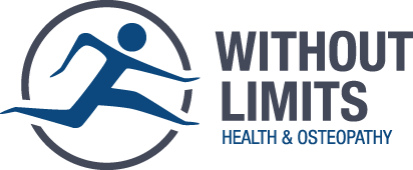Can I claim Osteopathy on Private Health or Medicare Rebates?
Osteopathic rebates are available from most Private Health Insurers. Osteopathy rebates are available under extras cover. There are different levels of protection depending on how much premium you want to pay and what services you might want. If you do have Extras cover we have Hicaps and you can claim on the spot.You can receive a Medicare rebate for an osteopathic service if you are a patient in the Chronic Disease Management (CDM) program and you may receive a rebate for some X-rays referred by an osteopath
When might I see an Osteopath?
People attend an osteopath when they experience long term (chronic) and short term (acute) problems, like the examples below:Neck pain
Back pain
Elbow pain
Sciatica
Postural issues
Muscular sprains and strains
Headaches & Migraines
Tendon problems
Persistent pain
Weight bearing issues
Sporting Injuries
Do I need a referral?
Osteopaths are primary care practitioners, you can make an appointment directly without a referral.What do I need to bring?
Bring along any X-rays, scans or test results that you may have. Depending on the area of your body requiring examination, your osteopath may ask you to undress to your underwear. It is essential that you feel comfortable, so you may want to bring a pair of stretchy gym shorts to change into.What can I expect from my first appointment?
You will receive an appointment confirmation after you book with a link to fill in some details before your appointment, all details collected is safe and secured (for more information see privacy section).Your osteopath will take a thorough case history and may ask questions about:
Signs and Symptoms
Health History
Family Health History
Medications
Your osteopath will conduct a full osteopathic assessment involving clinical tests. This may involve diagnostic, orthopaedic or neurological tests, postural assessments, movement and functional assessments.
Some assessments involve the osteopath observing you while you undertake an activity or perform a sequence of movements. Assessments may also include passive and active movements - where the osteopath manually lifts your arms or legs or applies resistance while you perform a stretch or movement.
Osteopathy takes a holistic approach to treatment, so your practitioner may look at other parts of your body, as well as the area that is troubling you. For example, if you have a sore knee, your osteopath may also look at your ankle, pelvis and back.
Your osteopath may also provide education and advice to help you manage your condition between appointments. This may include giving you exercises to do at home or at work.
Can I have an Osteopathic treatment during pregnancy?
Osteopathy is safe during pregnancy. Osteopathic treatment can be helpful throughout your pregnancy to help alleviate back pain and other pregnancy-related musculoskeletal pains. We can help educate you on the changes that will occur throughout your pregnancy and offer guidance for types of exercise and stretches that are safe during pregnancy.


